The Scandalous Affair That Disrupted Ingrid Bergman’s Luminous Career
These days, Ingrid Bergman is celebrated as one of Hollywood’s first “natural actresses,” adored for her performances in iconic films like Casablanca.
As a major figure of Hollywood’s golden age, it’s hard to imagine a time when the Swedish-born star wasn’t beloved. However, at a time, Bergman’s career nearly ended due to a scandal that led to her exile from Hollywood and the United States.
The actress who had once been a shining star of the silver screen was now persona non grata in the industry that had celebrated her.
An adored actress
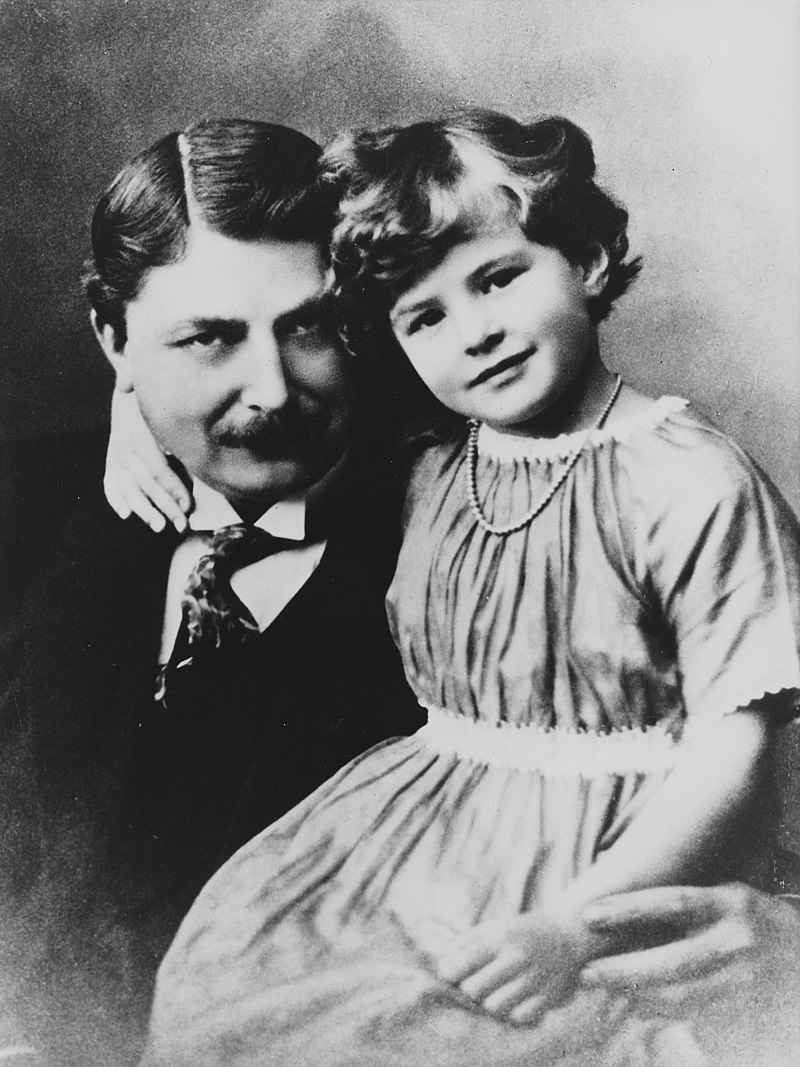
Ingrid Bergman, born in 1915 in Stockholm, Sweden, was known for her natural beauty. Her early life was filled with significant losses, with her mother passing away when she was a toddler and her father dying during her early teens.
Yet, she pursued her passion for acting at the Royal Dramatic Theater School in Stockholm. Her breakout role in the Swedish film Intermezzo caught the eye of American producer David O. Selznick, leading her to Hollywood.
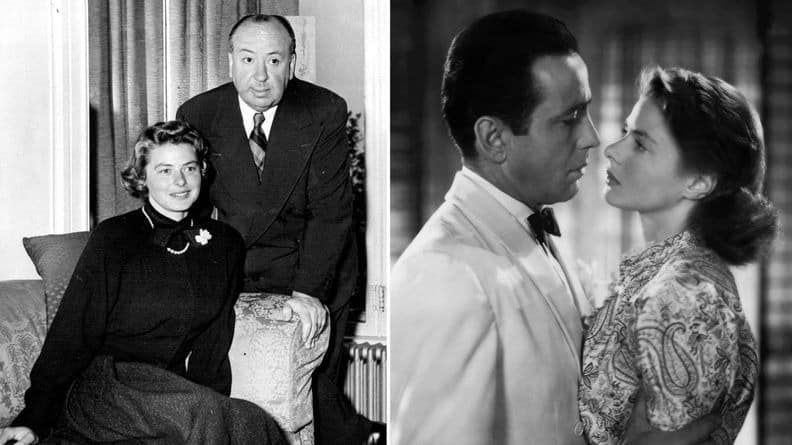
Her American debut in the remake of Intermezzo in 1939 marked the start of a glittering career. The role in Casablanca (1942) opposite Humphrey Bogart cemented her status as a top actress.
Her character, torn between love and duty, resonated deeply with audiences. This role, alongside Humphrey Bogart, remains one of the most iconic in film history.
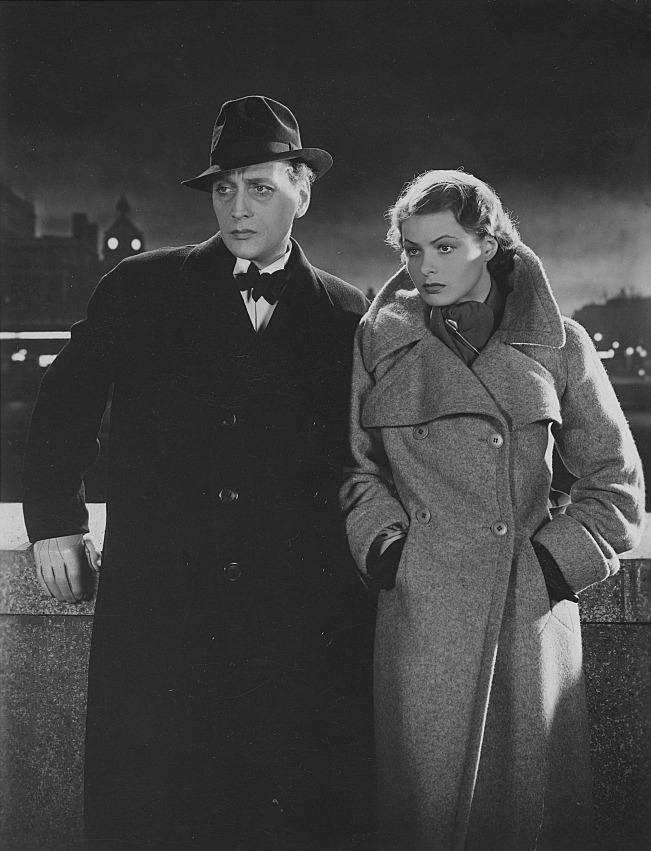
She followed this success with acclaimed performances in For Whom the Bell Tolls (1943) and Gaslight (1944). Bergman also shone in lighter roles, such as in The Bells of St. Mary’s (1945) with Bing Crosby.
She sought to diversify her work, returning to Broadway in Joan of Lorraine and tackling the challenging title role in Joan of Arc (1948).
The affair that rocked Hollywood

By the late 1940s, Ingrid Bergman was a household name in the US and a Hollywood heavyweight, even winning an Academy Award for Best Actress for her role in Gaslight.
The public adored her for her natural charm and clean-cut image, but that all changed in 1950 when she decided to work with Italian director Roberto Rossellini.
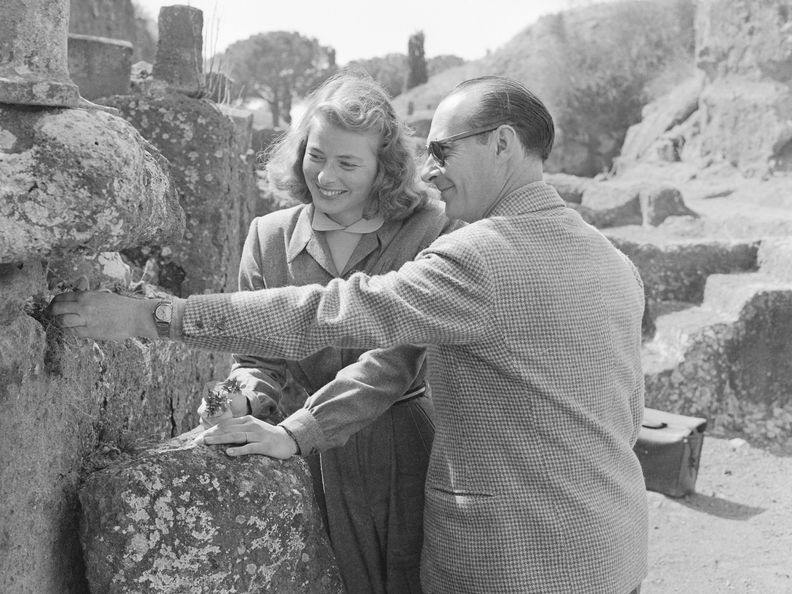
Bergman already admired Rossellini’s films and wrote to him in 1949, asking to work together. This led to her being cast in his film Stromboli. During production, the two began an affair despite both being married.

Affairs were not uncommon in Hollywood, but the public was horrified that someone like Bergman would be caught in such a scandal.
While Rossellini had a reputation for relationships with colleagues, Bergman’s virtuous image was shattered when the affair was discovered.
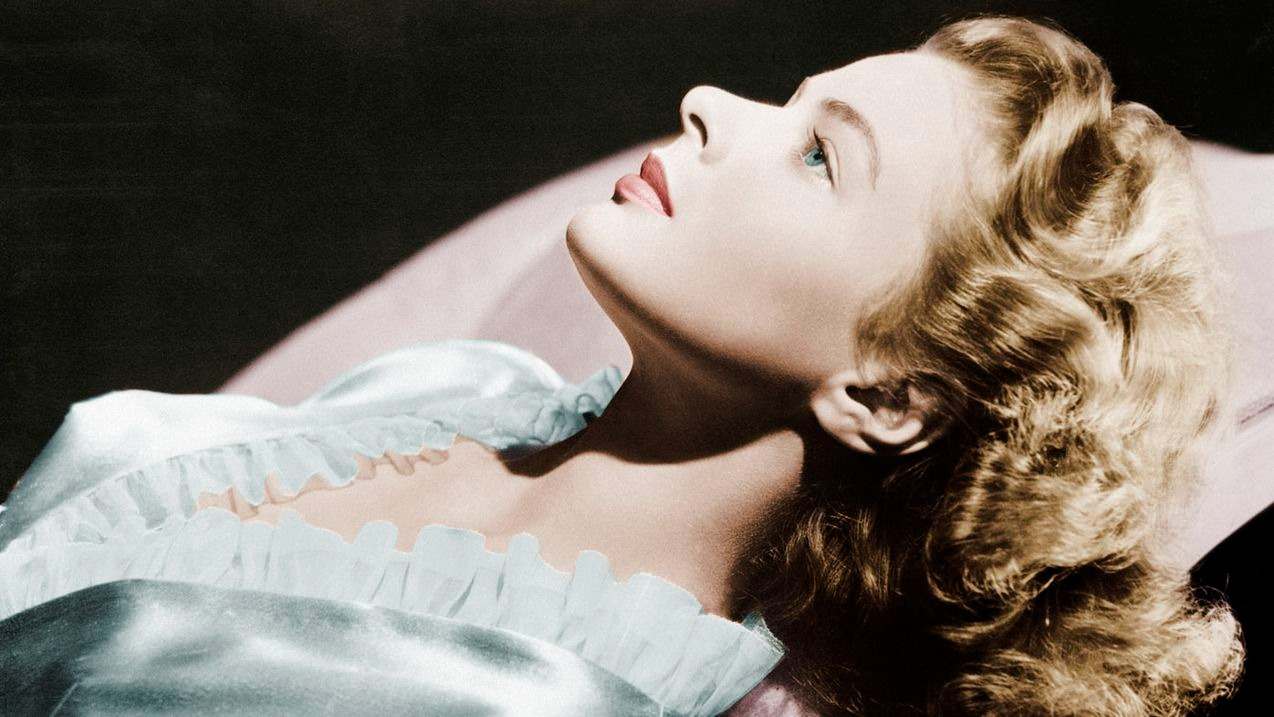
The scandal hit the headlines, especially when it was revealed that Bergman was pregnant with Rossellini’s child. Her reputation was destroyed almost overnight. Film offers, brand deals, and studio connections in the US disappeared instantly.

The 1950s’ strict moral standards made her downfall. “People saw me in Joan of Arc and declared me a saint. I’m not. I’m just a woman, another human being,” Bergman later said of public outcry.
Despite the controversy, Bergman continued to work with Rossellini, but their films were not commercially successful.
Exile from America
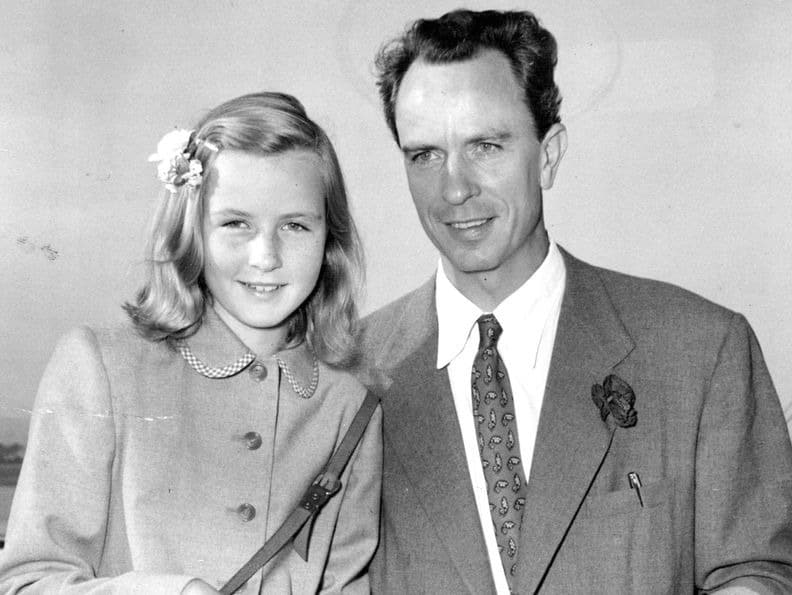
With few options left for work in the US and little incentive to face a public that now loathed her, Ingrid Bergman chose to stay in Italy with Roberto Rossellini after their affair became public.
The one thing she would have returned for was her daughter Pia, but her husband, Petter Lindstrom, refused to divorce her for nearly a year.
A vicious custody battle ensued, and Bergman’s residence in Italy was used against her. She didn’t see Pia for seven years as a result.

Meanwhile, US politicians denounced Bergman for “glamourizing free love,” demanding her films not be screened in the US.
Colorado senator Edwin C. Johnson went so far as to call her a “vile free-love cultist” and a “powerful influence for evil,” further damaging her reputation.

Consequently, Bergman spent most of the 1950s away from the US. She married Rossellini in 1950, and they had three children together before divorcing in 1957.
As a result, Bergman spent most of the 1950s away from the US. She married Rossellini in 1950, and they had three children together before divorcing in 1957.
An impressive rebirth of a star

In 1956, Ingrid Bergman made a bold return to Hollywood by starring in “Anastasia,” a film about the ‘lost’ Russian princess. Although produced in Europe, it was a hit with American audiences, and Bergman won her second Best Actress Oscar for her role.
Still wary of the US public, she skipped the ceremony, but co-star Cary Grant accepted the award on her behalf and expressed her admiration for her.

Subsequent roles in Murder on the Orient Express and Cactus Flower helped her regain the trust of the US audience. Even Senator Johnson, who had previously condemned her, apologized.
Bergman continued to shine in American films. Her final roles included Autumn Sonata and Golda, for which she won an Emmy.

She passed away from breast cancer on her 67th birthday, August 29, 1982, in London.
She left behind a legacy of over 50 films and two daughters who followed her into the public eye: Pia Lindström, a television reporter and actress, and Isabella Rossellini, a renowned actress.

